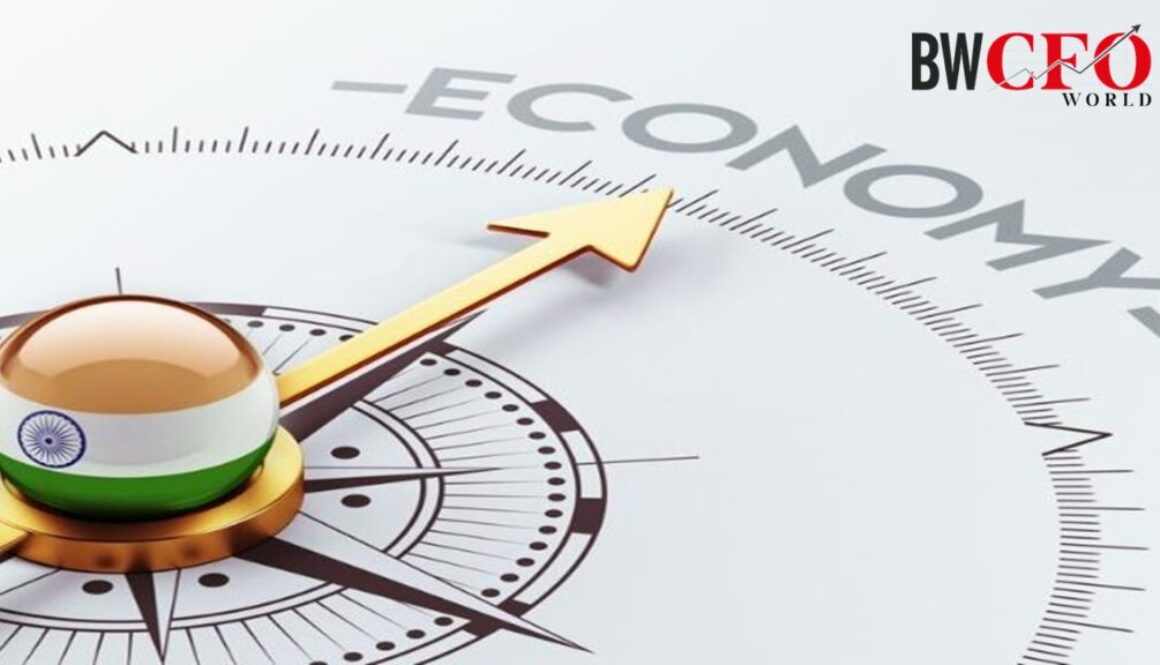External Sector To Dominate India’s Macro Outlook: Kotak
The bank in a report said that over the medium term, markets will evaluate the extent of growth recovery, success in capping inflation pressures and managing twin deficits
More than domestic factors, external factors such as global slowdown, geopolitics- led risks to energy prices, dollar strengthening and higher-for-longer global inflation and rates will weigh on India’s macro outlook, said Kotak Mahindra Bank on Monday.
The bank in a report said that over the medium term, markets will evaluate the extent of growth recovery, success in capping inflation pressures and managing twin deficits. Given an incomplete domestic growth recovery, a nascent credit growth cycle and a relatively encouraging inflation outlook, letting the Indian rupee (INR) depreciate gradually could then partly reduce the need for a sharp fiscal consolidation and aggressive hikes in policy rates to calibrate the external-internal imbalances, it stated.
Kotak estimated USD-INR to trade between 79 and 83 over the rest of FY2023. “We pencil in terminal repo rate at 6.25-6.50 per cent (we estimate FY 2023-24 average inflation at 6.6 per cent and 5.1 per cent),” it added. It also said that the global macro environment has changed with the return of inflation. “Failure to ignite inflation with more than a decade of ultra-loose monetary policy has shifted to central banks struggling to get inflation under control,” it added.
Contrary to the past decade, the next few years could be marked by higher-than-usual global inflation/interest rates driven by shifting to fiscal policy for driving growth, relatively muted growth and disinflationary impulses from China and continuing (and possibly growing) geopolitical challenges. “India’s relative attractiveness over the medium to long term, among other factors, will depend on the manufacturing sector becoming a key driver of growth (PLI and China+1), and private sector investment cycle revival driven by manufacturing sector growth,” as per the report.
It also revealed that near-term policies should be geared towards reducing the fiscal deficit while improving public infrastructure spending, reverting to neutral liquidity and positive real rates and ensuring trade openness.

